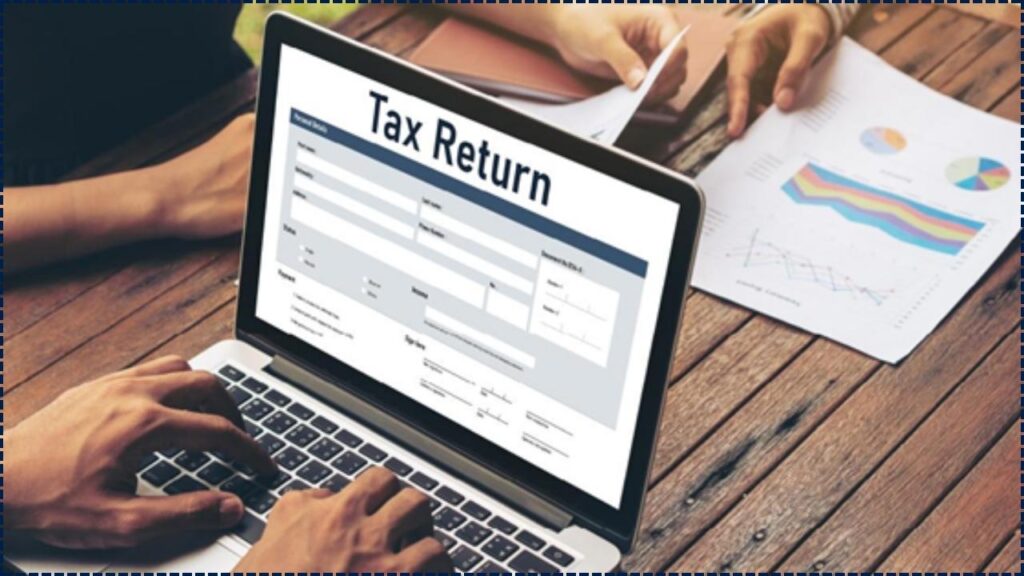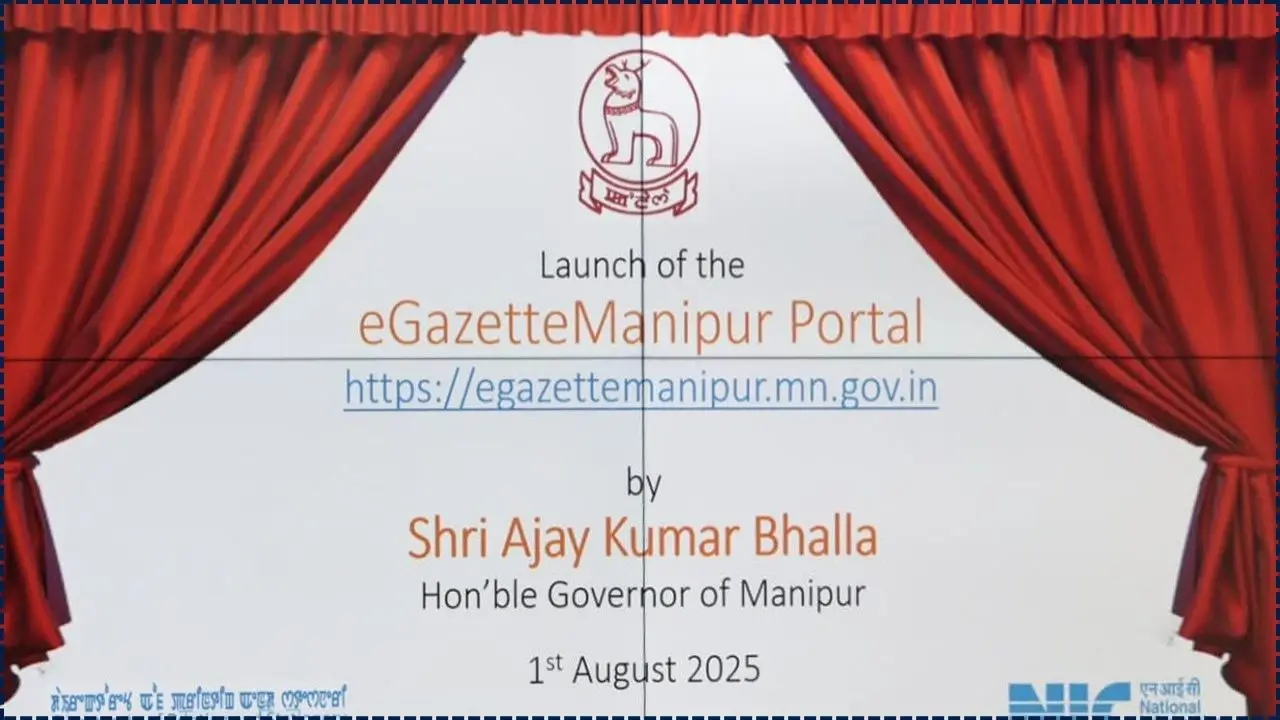India’s transition to online tax filing, a cornerstone of its digital governance strategy, embodies a heartfelt commitment to empowering citizens by simplifying legal obligations through accessible forms, integrated data, and secure electronic verification, ensuring that everyone can participate in the nation’s economic framework with ease and dignity.

By encouraging early preparation, document readiness, and accurate declarations, this system fosters trust and inclusion, particularly for those navigating financial responsibilities for the first time.
This collective effort unites taxpayers, authorities, and communities in a shared mission to create a transparent, equitable, and compassionate digital ecosystem, where every citizen is supported in contributing to a brighter, more inclusive future for India.
Filing an Income Tax Return (ITR) online in India has become simpler with the government’s e-Filing portal, which offers pre-filled forms, online verification, and extended services for individuals and businesses. As deadlines approach, taxpayers are encouraged to use digital platforms to ensure accuracy, compliance, and timely refunds. This guide explains the essentials of ITR e-filing for first-time and returning users.
Table of Contents
Why Online Filing Matters
The Income Tax Department of India has shifted most compliance procedures to digital platforms, reducing paperwork and manual errors. Online filing provides transparency, quicker validation of returns, and faster processing of refunds. It also ensures that taxpayers meet statutory obligations under the Income-tax Act, 1961, without needing physical visits to tax offices.
Key Steps for Filing ITR Online
Register and Log In
Taxpayers must log in to the Income Tax e-Filing portal using their Permanent Account Number (PAN) as the user ID. Passwords can be set or reset using Aadhaar-linked mobile numbers or registered email addresses.
Select Assessment Year and Filing Mode
Choose the correct Assessment Year (AY). For example, AY 2025–26 corresponds to income earned during FY 2024–25. Taxpayers may file directly online or use the downloadable Excel/JSON utility to upload returns.
Identify the Correct ITR Form
- ITR-1 (Sahaj): For individuals with income up to ₹50 lakh from salary, one house property, or other sources.
- ITR-2: For those with capital gains, foreign assets, or income from more than one property.
- ITR-3/4 and others: For professionals, firms, and complex income cases.
Review Pre-Filled Data
The portal now auto-populates data such as salary details from Form 16, TDS from Form 26AS, and interest from bank accounts. Taxpayers must review and add deductions (such as under Sections 80C, 80D, or 24B) before submission.
Submit and E-Verify
After reviewing, submit the return and complete e-verification via Aadhaar OTP, net banking, or bank account validation. Verification is mandatory for processing returns and receiving refunds.
Related Links
Open Data Resources: A List of Official Data Portals and APIs For Researchers and Developers
Local Government Bodies: A List of Municipal and Local Governance Websites Across India
Integrated Government Online Directory: A State-by-state List of Important State Government Websites
Common Challenges and Solutions
Deadlines and Penalties
The usual filing deadline is 31 July of the relevant assessment year. Delays attract penalties under Section 234F. For AY 2025–26, the deadline has been extended to 15 September 2025.
Bank Account Pre-Validation
Refunds are issued only to bank accounts pre-validated on the e-Filing portal. Taxpayers are advised to verify these details well in advance.
Updating Returns
Through ITR-U (Updated Return), taxpayers can correct earlier mistakes within two years from the end of the relevant assessment year.
Expert Perspective
According to Chartered Accountant Neha Agarwal, “The e-Filing portal has reduced barriers for new taxpayers by integrating pre-filled information and digital verification. However, taxpayers must ensure accuracy, especially in reporting capital gains and foreign income.”
Demystifying Aadhaar: What Every Citizen Needs to Know About Their Unique ID
















